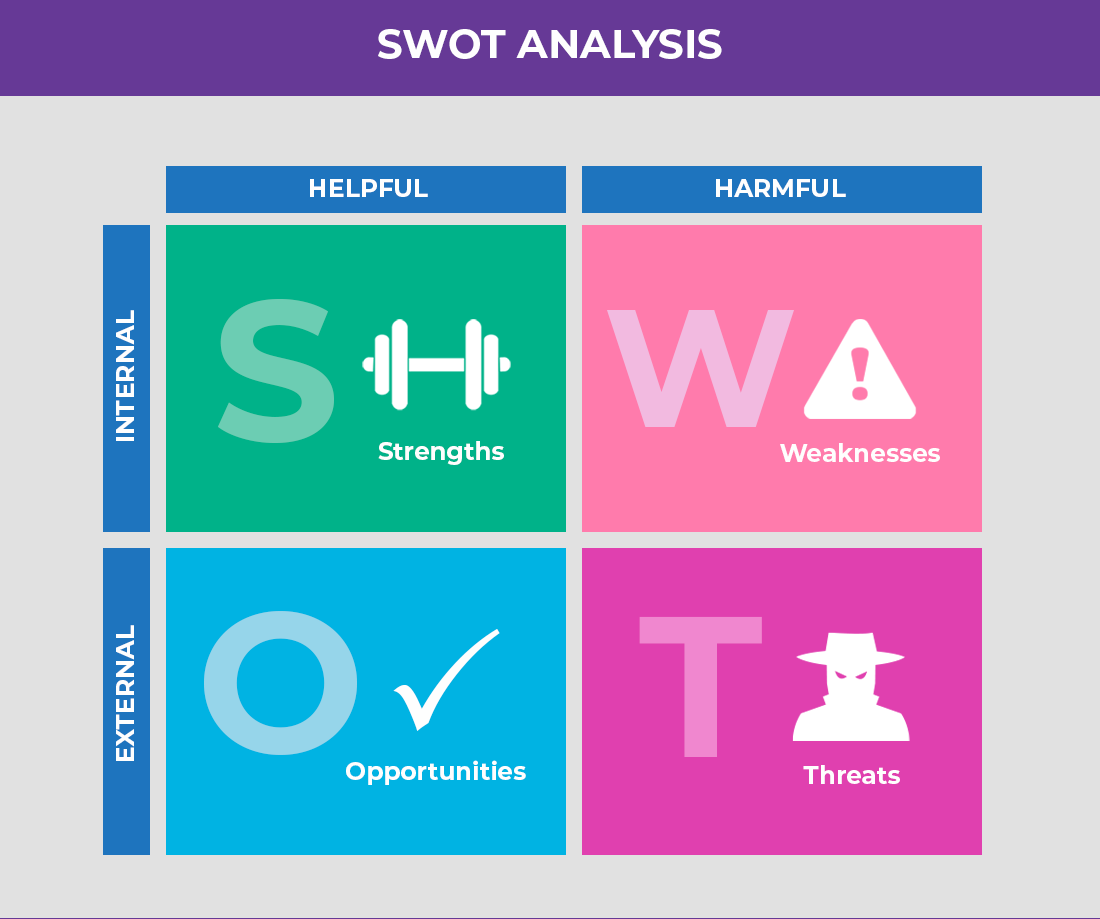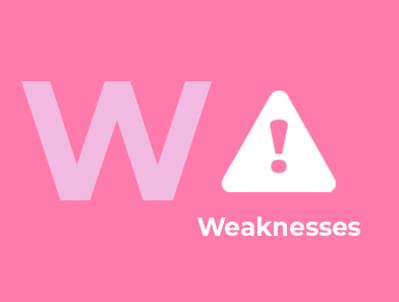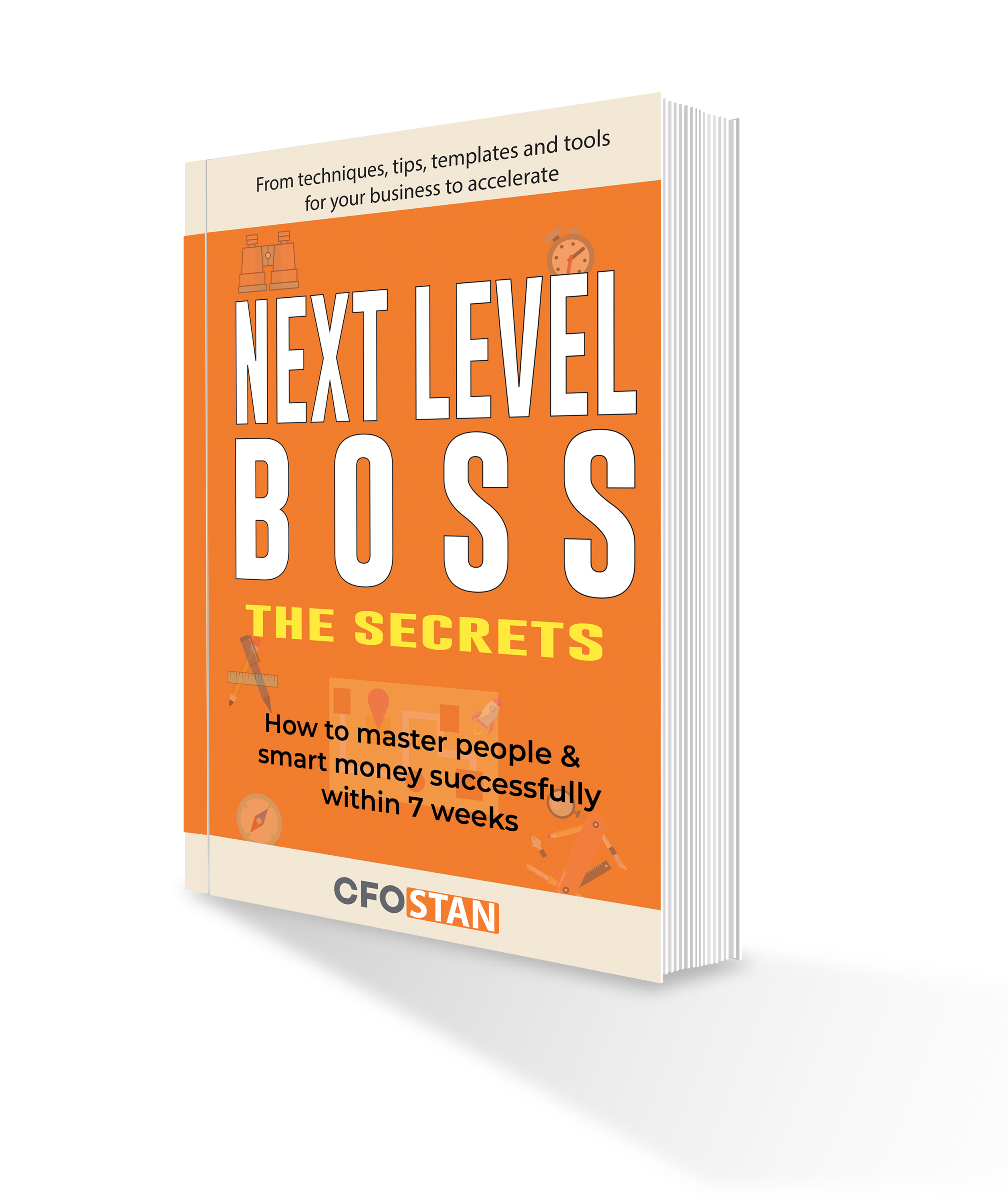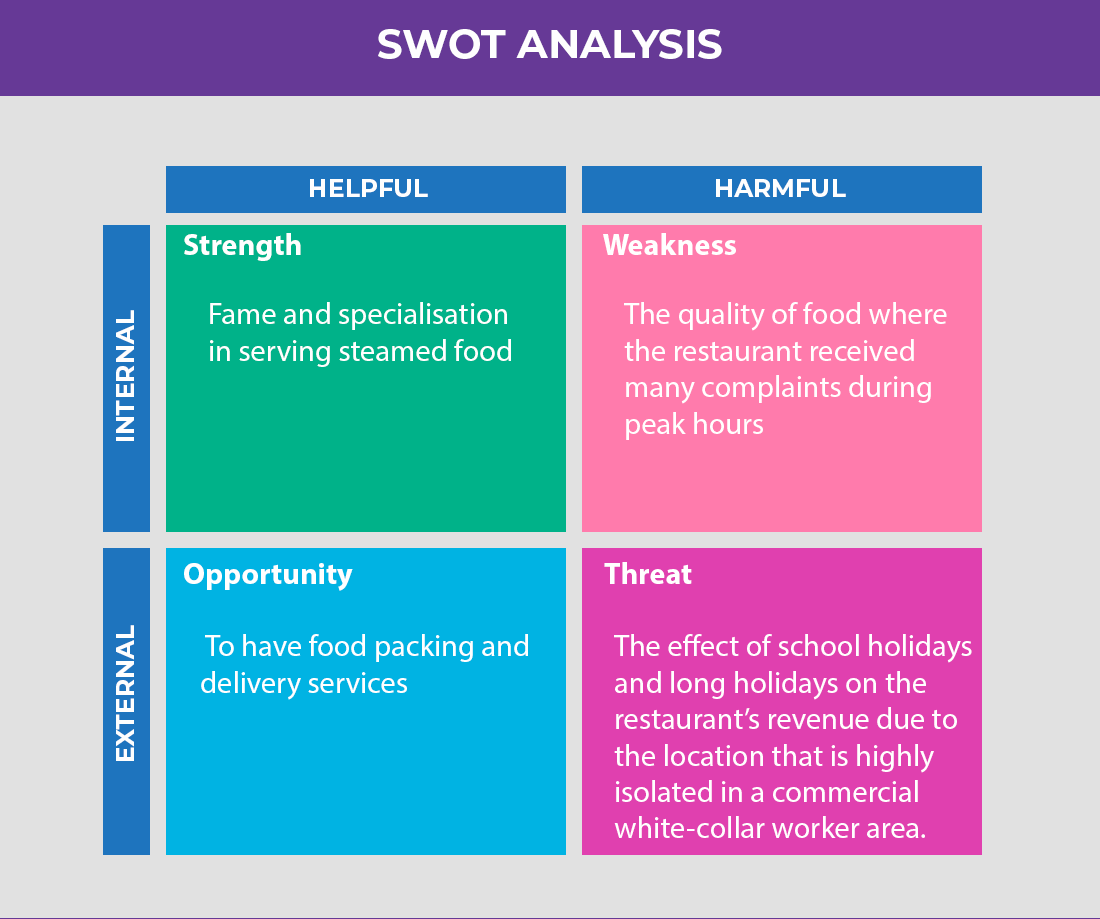Does the thought of not being able to survive the coronavirus make you feel like your business is going to be all washed up soon? You are adapting new normal. You want to grab the opportunity, because you believe in every crisis lies opportunity. So your sales drop, too low because you refuse to change. You see your amount of sales significantly increasing right after the lockdown being lifted – but were they any good to your business? Were you able to cover all your costs and previous month losses? To your disappointment, you have nothing left after paying off your expenses and settling debt. No profits. Zero. Then what is the point of hanging on the business, if that is the case?
With all the overhead costs and expenses you have to keep your business running, you know you have no choice but to keep your prices high. This was one of the two approaches you could undertake to maintain your profit margins at a healthy level. But you are not brave. Setting prices high is a risk to you as a business. What if customers choose to source for cheaper alternatives when they find your price too high? You will lose customers. Your business will be facing a downfall after all. If that is not feasible too, now what? You start considering where you could reduce your overhead costs and other expenses. Here’s when you start realising one thing: you are so bad at decision making. You just cannot decide what is necessary and what isn’t to keep your business running. At the end of the day, no profits, AGAIN.

Now, to make things worse, you are in a very competitive market. You need to stand out from the rest. Do you know what makes you special? Price. Quality. Experience. You must be able to provide your customers with goods and services that they deem to be value for money. How could you provide something that is different from the rest of your competitors, but still be maintained at an optimum price for your customers? This sounds difficult. You have never done any research or analysis on such things before. You are new to the idea of this, but you have no choice, you MUST find a way to stand out and make profits to help your business grow. So you start considering options but looking deeper into the market pattern.
It is a crowded commercial area but one of the shop lots stand out from the rest. It was a restaurant that is always packed with customers, going in and out throughout the day. The restaurant was owned by Zen. Despite the restaurant is small, it was able to generate a lot of money due to the excellent quality of the food served there. With Zen’s restaurant business roaring, he decided to open a second outlet, which was just as successful as the first. Then, he considered opening a third branch. However, this decision was not as easy as it seemed. The owner of the neighbouring shop lot of his first outlet who was also a property owner, decided to retire his retail business. Therefore, he offered Zen to rent his shop lot at a really good price. The shop lot was two times bigger than the size of his existing restaurant. An opportunity for Zen to expand his first outlet! A bigger outlet means more it could sustain a larger crowd by providing more space for them to dine in, so that means more profit and more revenue for Zen, right?! Well, at least that was what Zen thought.
So he took up the offer and expanded the first outlet, forgetting about his initial plans of operating a third outlet. To his surprise, the first outlet was no longer as packed as before, profits did not meet his expectations but revenue increased, and he still had a much higher overhead obligation. Witnessing this, Zen started to regret his decision. He started blaming his neighbour instead for giving him the tenancy offer. He said he could’ve done better if he did not take up the offer. He planned to give up after the tenancy contract had been completed, but there is a catch. If he gives up, this would mean he is giving more room for competitors to operate in the same vicinity as him, and consequently, he would lose customers. It is a loss to him after all. Zen, completely unsettled, tried sourcing for help. So his neighbour’s retired CFO friend decided to join him for dinner. They were determined to help Zen as they see a bright future for Zen’s business. They coached Zen in hopes of solving his conflict.
Rule number one: conduct an extensive study on your business’ capabilities and what affects it, in order to make better decisions. This could be done using a SWOT analysis, an analysis of your Strengths, Weaknesses, Opportunities, and Threats. This analysis not only covers the internal environment of your business, but gives a broader view on the external factors that impact your business as well. The purpose of it? Simply to help you make even better decisions in your business. Originated by Albert Humphrey in the 1960s, the initial goal of the SWOT analysis was to identify the factors of corporate planning failure. It was, however, originally known as the SOFT analysis – Satisfactory represents what is good in the present, Opportunity represents something good in the future, Fault represents what is bad in the present, and Threat represents something bad in the future.

Stephen G. Fairley, founder of Rainmaker, a marketing law firm, also extensively used SWOT analysis when dealing with clients. He believes that the SWOT tool helps businesses focus on their strengths, i.e. the current capabilities they have to get a job done. But that’s not it, strengths are also looked in the context of the marketplace or external opportunities. At the same time, the SWOT analysis pays attention to weaknesses, which needs to be clearly addressed as well as it affects the business’ level of capability. The SWOT analysis is considered comprehensive, as it does not only look at the present state, but pays attention to what lies in the future as well. Knowing Stephen’s coaching tool, businesses can identify areas that they can tackle in order to make bigger profits – one of a business’ ultimate goal of operating.
With the CFO Clarify FormulaOn™ Profit, you can measure how much action you, as a business owner, are willing to take on the opportunity with your strengths, be aware of your own weakness and consequently discount the presenting threats. In other words, the formula is measured as:

All you need to know now is how to elicit your SWOT analysis, and you are one step closer to identifying how your business could make better profits. With the Clarify FormulaOn™ formula, your target is to come up with seven major steps which would allow you to find your profit. But first, you have to individually identify all the four elements of SWOT: Strengths, Weaknesses, Opportunities, and Threats.
<Strengths Elicitation>

S1. What do clients and external partners say is your top strength?
S2. What do you currently do better than anyone else?
S3. What were your motivating factors and influences in starting this business or taking a leadership role?
S4. What achievements have you found most satisfying?
S5. To what do you attribute your current level of success?
S6. How do you measure success? What does success look like to you?
S7. What are the top three reasons a client should buy from you and not from your competitors?
S8. What are the top three reasons a company should hire or promote you?
S9. What is the one example where you or your people showed creativity and innovation?
S10. What is the one example where you or your team demonstrated critical thinking and were open-minded to trying new ways?
<Weaknesses Elicitation>

W1. What are three areas your people complain about the most in the context of ____?
W2. What are three areas your clients complain about the most?
W3. Of the following areas, which ones do you do the poorest in: customer follow-up, timely billings, marketing, sales, being detail-oriented, customer satisfaction, empowering team members to make decisions, and so forth?
W4. What do your competitors do better than you?
W5. Which areas do you, your employees, or partners get stuck the most on?
W6. How do you position your company in comparison to your competitors? (The cheapest, most expensive, generalist, specialist, small, big, focused, diverse, and so on.)
W7. If you could change three things about your company, what would you change? What would you change first? Why?
<Opportunities Elicitation>

O1. Who are the people who already have a relationship with your potential clients? How can you start to build a relationship with them?
O2. What are you doing to position your company as being on the cutting edge as a leader in the industry?
O3. How could you better use the media to position yourself and your company as experts?
O4. How could you take full advantage of:
• Changes In Technology
• Changes In Market Trend
• Changes In Government Policy Related To Your Industry
• Changes In Social Patterns, lifestyle changes, and so on
• Changes In Buying Cycles And Needs (faster turnaround time, lower prices, more variety, better quality, customisation requests, and so on)
<Threats Elicitation>

T1. What are the three greatest obstacles your people currently face?
T2. How does rapidly changing technology affect your business model?
T3. What are the current trends in your industry?
T4. How does the economy affect your business for good or bad?
T5. What are you currently doing to identify, train, and retain your top employees?
T6. What would happen if your top two people were hired away by your most aggressive competitor?
T7. How long would it take you to be up and running if your company was robbed or your building burned down?
T8. What is the worst-case scenario you fear the most?
T9. How can you better prepare to minimise the damage this would cause, if it ever came true?
<SO Analysis Elicitation>
SO1. How can your current strengths be leveraged to take advantage of developing opportunities?
SO2. What are the strengths you will need to develop in the next 3 to ___ months to better position yourself or your company to profit from, and quickly take advantage of new opportunities as they arise?
<ST Analysis Elicitation>
ST1. What specific ways can your strengths be used to counteract potential threats?
ST2. How can you create an environment which allows your team’s creative thinking, innovation, and exceptional follow through to flourish and not be diluted by perceived or real threats?
<WO Analysis Elicitation>
WO1. How can your weaknesses be overcome to tap into developing opportunities?
WO2. What additional opportunities could you benefit from if you didn’t have these weaknesses?
WO3. What are the two ways you could use: delegation, outsourcing, or technology, to minimise or eliminate your weaknesses?
<WT Analysis Elicitation>
WT1. Can you change your weaknesses by adding to or changing your people so that you can quickly counteract real threats?
WT2. How do your people decide whether something is a real threat versus a perceived threat?
WT3. How can you empower your people to take decisive action, instead of being faced with a real threat?
<The 7 steps Clarify FormulaOn™ Profit to mapping across SWOT>
Step 1: Identifying Reorganisation Profitability
🔸 1.1 What changes should you make in your business, with regard to people and expenses, to improve both effectiveness and efficiency? (List 3)
Step 2: Identifying Restructuring Profitability
🔸 2.1 How could you shift more of your time and resources into the top 20% of activities that account for 80% of your profits? (List 3)
Step 3: Identifying Reinventing Profitability
🔸 3.1 Imagine your business was burned down today. What products, services, and activities would you start up again immediately? ( List 3)
🔸 3.2 What products, services, or activities would you not start up again today? (List 3)
Step 4: Identifying Reengineering Profitability
🔸 4.1 Analyze every step of your business activities. What could you simplify, outsource, eliminate, or discontinue? (List 3)
🔸 4.2. What skills, abilities, and talents do you have that have been most responsible for your successes to date? (List 2)
🔸 4.3 If you could be absolutely excellent in any one area, which one area would most help you achieve your goals? (List 1)
Step 5: Rankings of Profitability lists
🔸 5.1 Go back to your list of new 5 to 15 profitabilities that you believe will produce measurable results and rank them in the order of 1, 2, 3.
🔸 5.2 How will you determine what to work on first? What criteria will you apply? In order to determine which to work on, you must first determine your selection criteria.
Step 6: Select the top 3 Powerful Profit Opportunities
🔸 6.1 Next, go back to the list of profitability priorities and apply your criteria to each one, this will clearly determine the strength that you must work on first, second, etc.
🔸 6.2 Now, painfully circle the top 3 you will work on and rank them, 1, 2, 3.
Step 7: Develop the goals into Profit RoadMapping™ with Profit FormulaOn™ SWOT
🔸 7.1 Once you have decided on the highest priority of profit opportunities, you then need to establish realistic SMART Goals as to what you want to achieve with whom and by when. Failure to do so will result in a failed planning, because you plan to fail your business.
🔸 7.2 Once you have determined the plan, the final steps are to include your people in the context of WHO do WHAT by WHEN. List tasks and hierarchy the action steps.
The SWOT analysis is not completely new to you, you heard it for a long time but do not know where to begin to implement this in your business. I have been extensively using the SWOT analysis in training and coaching business to the next level, and one of the ways I would recommend going through each question with your top management first so that they have a clear understanding of the current situation. To make things more effective, you could break your people up into smaller groups and provide them guidance through each step. Conduct discussions and use strategic thinking. Have them present their findings to you so that you can determine their level of understanding.
To make your study on how you could increase profits even better, you could refer to my new pre-launch book “NEXT LEVEL BOSS – The Secrets”, where I explain more on increasing revenue. You could implement the usage of formula to have an estimate of your profits, to allow you for better decision making in the future. Other than that, in identifying the re-engineering profitability in Step 4 of your SWOT analysis, you could perform this better by understanding the Blue Ocean Strategy. This will be explained further in this book. You can click SUBSCRIBE NOW to get more first hand news for my book “NEXT LEVEL BOSS – The Secrets”.

What may surprise you is how the SWOT analysis is not only useful for businesses, but you can actually use it to analyse individuals on a more personal basis as well. It lets individuals have a clearer view of their career goals by providing insights based on their personality strengths and weaknesses, and threats and opportunities that are present at the moment or lie ahead of them.
So, what happened to Zen after the coaching with the CFO? Zen was introduced to the SWOT analysis and from there, he identified each of the four components of SWOT in relation to his business: strength was his fame and specialisation in serving steamed food, weakness was the quality of food where the restaurant received many complaints during peak hours, the opportunity was to have food packing and delivery services, and lastly, the threat is the effect of school holidays and long holidays on the restaurant’s revenue due to the location that is highly isolated in a commercial white-collar worker area.

From there, the CFO has helped Zen come up with a solution where they worked together in making it a reality. They reduced the amount of items offered on the menu and redesigned the floor space of the restaurants. This was to allow for better movement of his people and for runners that were doing delivery pickups. At the same time, they were areas where packed food was displayed and this was efficient for customers who opt for take away. This was targeted at loyal customers so that they could buy these pre-packed foods and keep them in the fridge. With this, the seasonal threats of holidays on the restaurant are mitigated. By fully utilising the opportunities, Zen’s revenue successfully multiplied by ten times, making him earn huge profits that allowed him to open even more branches of his restaurant.
